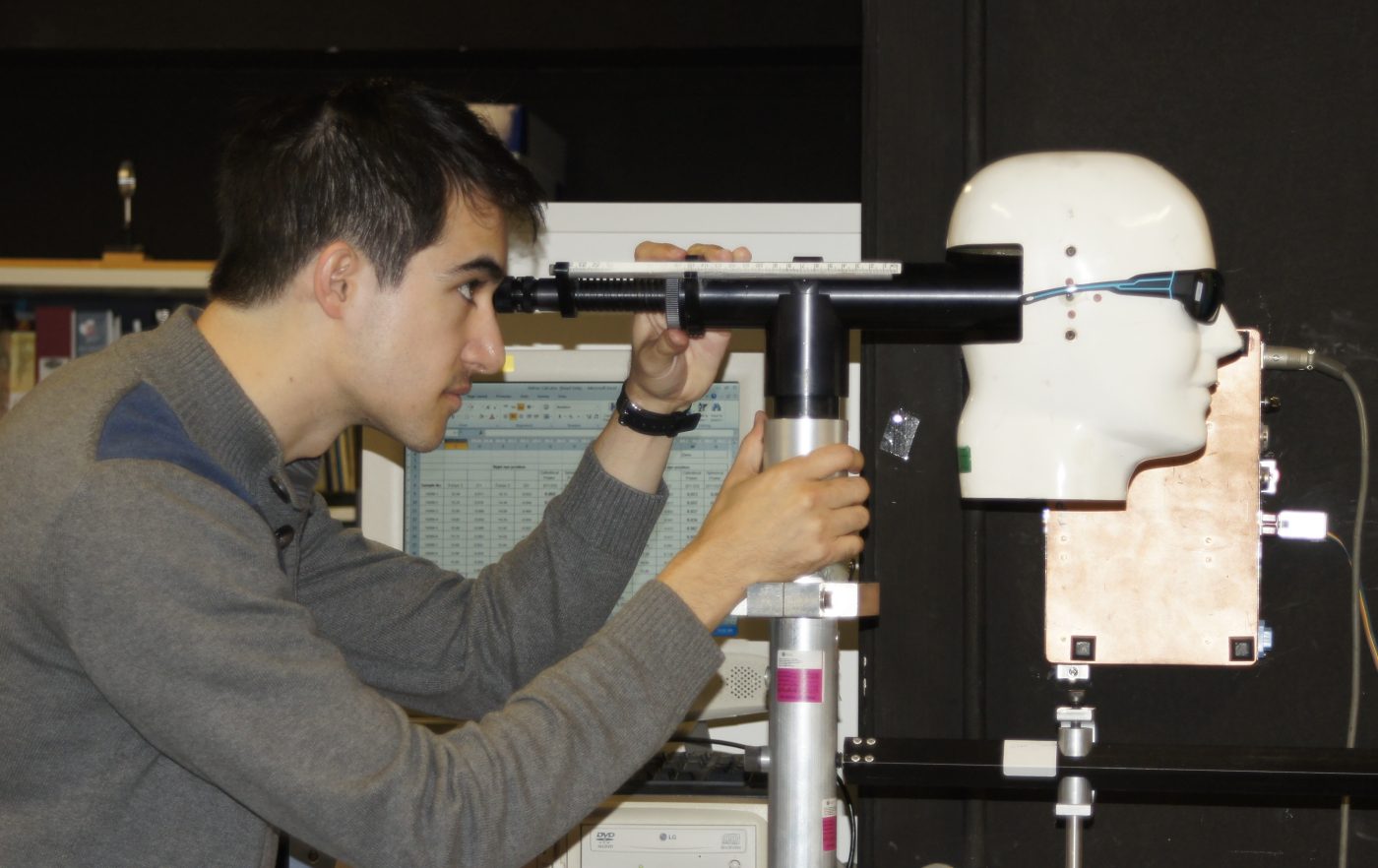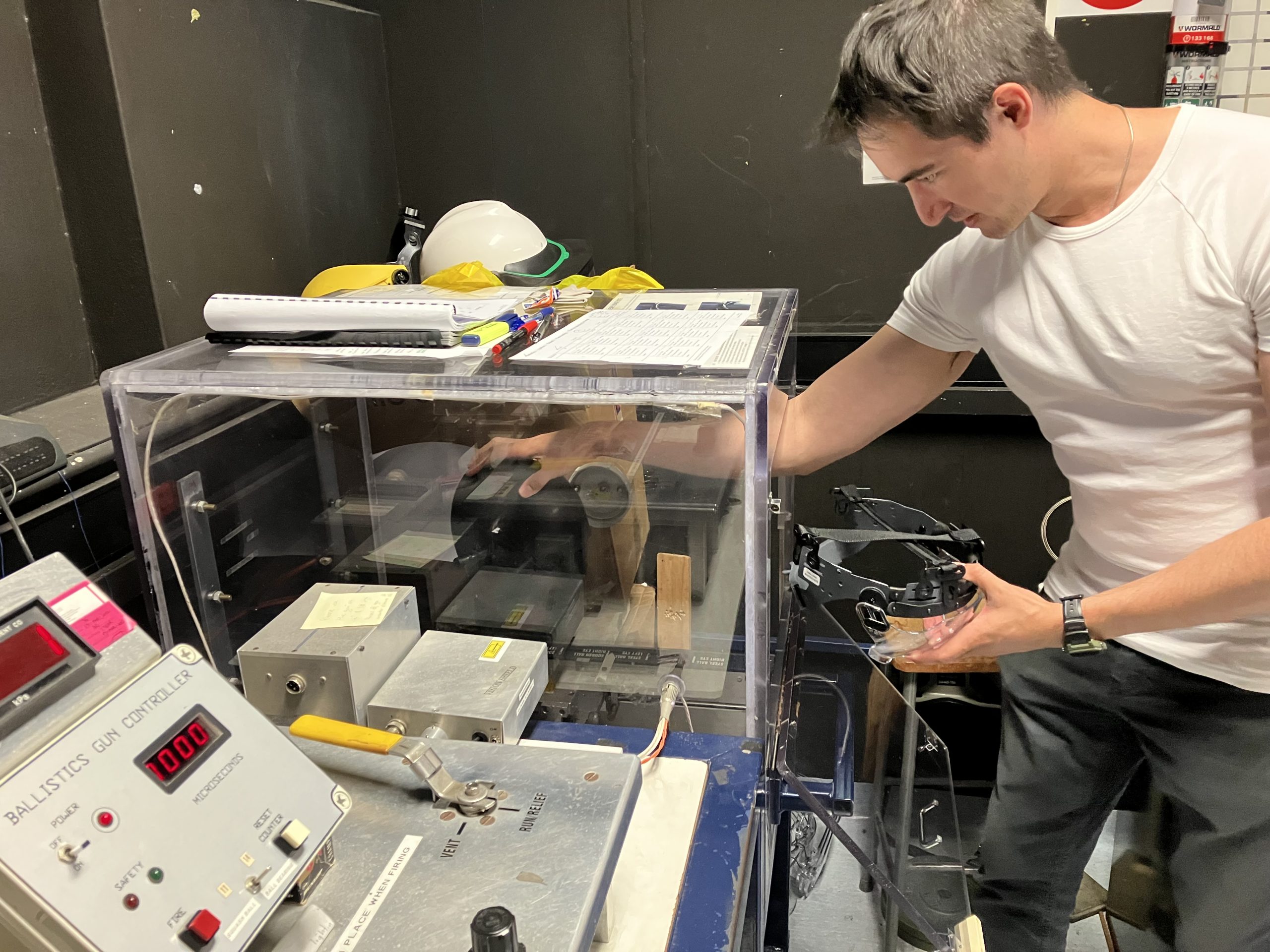In 2025 ORLAB (Optics and Radiometry Laboratory) at UNSW Sydney, under the leadership of the current Director, Associate Professor Maitreyee Roy, proudly celebrates 40 years of continuous NATA accreditation – a milestone that reflects their ongoing industry commitment. Through four decades of dedicated service, ORLAB has become known for quality and precision in testing.
Foundations of Excellence: ORLAB’s First Steps in NATA Accreditation
Under the leadership of Professor Stephen Dain in 1985, ORLAB leveraged existing expertise within the School of Optometry and Vision Science to fill gaps in testing and calibration services in Australia. Accreditation helped the laboratory gain the trust of its clients, ensuring reliable, traceable results that met national standards.
ORLAB’s official journey toward NATA accreditation began on 4th March 1985. At the time, Australia was in discussions about the roles of accrediting and standards-setting bodies.
Around these broader conversations, the question was raised: Could the university conduct optical testing? To do this, accreditation was necessary to provide credibility and quality controls in the industry.
Recognising the importance of long-term recognition, ORLAB sought accreditation with NATA in the specialised areas of sunglass and eye protector testing. This decision supported their areas of expertise and ensured they could meet growing industry requirements, positioning ORLAB as a trusted authority in optical and radiometric testing.
Expanding Services: From Sunglasses to a Wide Range of Testing
Since its initial accreditation, ORLAB’s scope has evolved significantly now offering a comprehensive range of calibration and product testing services, reflecting an ongoing commitment to meeting the growing demands of the industry.
“We now offer comprehensive calibration and product testing services across a diverse range of optical, lighting, and safety applications, “said Associate Professor Maitreyee Roy, Director of ORLAB. “Our services adhere to the highest industry standards, ensuring compliance with AS/NZS, CIE, ISO, UN-ECE, and ANSI standards and regulations.”
With its ongoing ISO/IEC 17025 (2017) NATA accreditation, ORLAB’s capabilities now include:
- Product Testing & Compliance: Sunglasses and related eyewear, protective eyewear and safety shields, lighting and optical systems, safety glazing and optical material performance, and material performance evaluation.
- Calibration Services: Precision calibration services for various measurement instruments, including gloss meters, spectrophotometers, and photometers. These services ensure accuracy in transmittance, reflectance, and luminous flux measurements across industrial, scientific, and research applications.
This expanded service offering has positioned ORLAB as a key resource for businesses in various sectors, from automotive lighting to industrial safety eyewear.
The Impact of NATA Accreditation on Industry Growth
For ORLAB, NATA accreditation has been a cornerstone of its success, providing the laboratory with the credibility it needed to establish itself as a leader in its field. “NATA accreditation has been fundamental to the laboratory’s growth, allowing it to address critical industry needs in optics and light measurement,” says Associate Professor Roy.
“NATA accreditation has allowed us to support not just local industries but also businesses looking to meet global standards,” says Associate Professor Roy. “By maintaining rigorous compliance, we’ve helped organisations demonstrate quality, safety, and performance on an international scale.”
Today, ORLAB remains Australia’s only NATA-accredited laboratory in several specialised areas, enabling Australian businesses to access world-class testing locally, rather than relying on overseas services.
Advice for Those Pursuing Accreditation
With 40 years of experience in NATA accreditation, ORLAB has gathered invaluable insights that it shares with those seeking accreditation.
“Start by understanding the relevant standards—particularly ISO/IEC 17025 if you’re involved in testing and calibration,” advises Associate Professor Roy. “Accreditation goes beyond just meeting requirements; it’s about consistently demonstrating accuracy, reliability, thorough record keeping, and compliance with national and international standards.”
She stresses the importance of engaging with accreditation bodies early in the process. “Don’t wait until the last minute—ask questions, clarify expectations, and ensure you’re on the right track from the start. This proactive approach can save significant time and effort.”
Internal audits also play a key role in successful accreditation. “Identifying and addressing potential issues before an external assessment allows for smoother evaluations, increased efficiency, and refined procedures.”
Finally, she emphasises that accreditation is an ongoing commitment: “Standards evolve, technology advances, and businesses must adapt. Accreditation isn’t a one-time achievement—it’s a continuous journey. Stay informed, embrace a culture of quality, and make excellence part of your everyday operations.”
Recognising the Key Contributors to ORLAB’s Success
As ORLAB celebrates their 40-year milestone, Associate Professor Roy takes a moment to acknowledge the individuals who have played a critical role in the laboratory’s journey.
“I would like to express my gratitude to those who have been part of this journey: Professor Josef Lederer, Professor Stephen Dain, Mr Lian Tan, Mr Craig Stamp, Dr Philip Anderton, Dr Mei Boon, Mr John Higginson, Mr Colin Minter, Mr Frank Wilkinson, Mr John Shaw, Mr Tony Yeo, Ms Mary Ryan, and to dedicated ORLAB staff over the years, notably the current staff Mr Brian Cheng, Mr Ashley Ang, and Mrs Olga Pitt,” says Associate Professor Roy.
NATA congratulates ORLAB on this remarkable achievement and looks forward to supporting the laboratory’s continued success for many years to come. Here’s to the next 40 years of progress and excellence in optical and radiometric testing.
Learn more about ORLAB here


